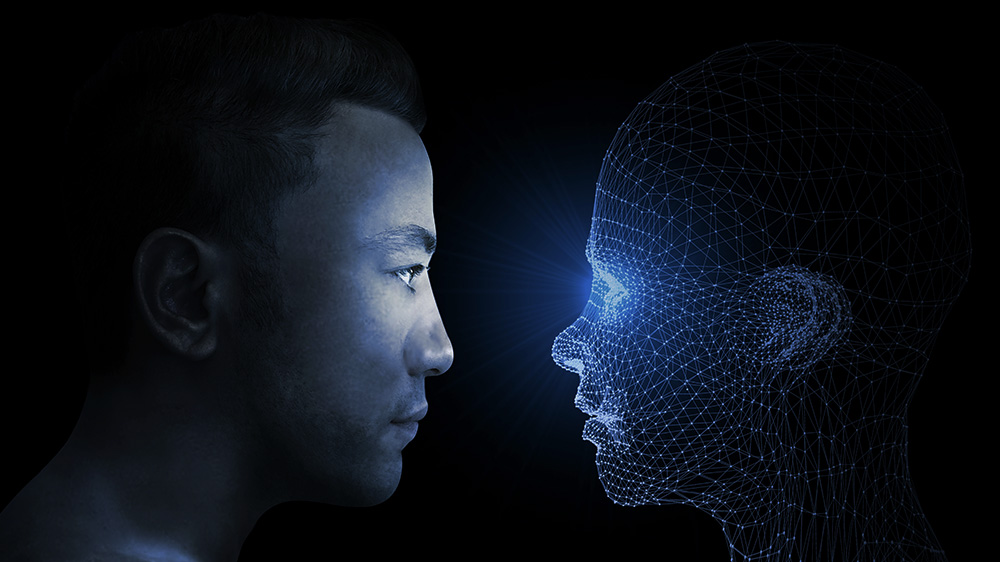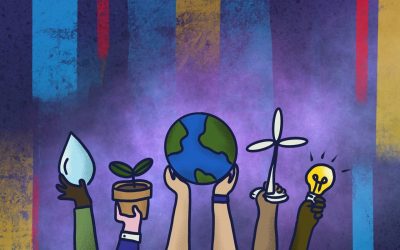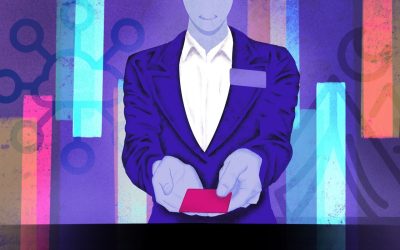From the first machines and technological experiments, we have always chased a state in which robots could act and think humans like. It is therefore not a coincidence the first specimen of chatbots date back to 1950.
Chatbots are just an example of automaton created to help humans and businesses to efficiently carry out repetitive jobs and, when we talk about replacing the man with machines, there are several examples that come to mind, like the practical one of the androids that run two hotels in Japan. Not only that: the film industry provides several cases on the topic, as in 2005 “The Chocolate Factory” in which the protagonist’s father gets fired and replaced by a robot, or the famous computerized voice featuring “Star Trek” spacecraft. In Spike Jonze’s “Her”, the protagonist considers so real a relationship with a software – “OS1” self-appointed Samantha – he gets to the point of asking for divorce from the actual wife…
Conversing with these cybernetic beings causes a sort of mental thrill – and a pinch of fun – precisely because of the imagery created by these movies and science fiction novels.
The advancement of technology means that robots can invade more and more spheres of human life, thanks to solutions such as artificial intelligence, the IoT and Machine Learning.
In this article, we will try to go through the history of chatbots, from birth to the present day, explain what they are and what they are needed for, how they work, how they are used and what benefits they can bring to different areas of business.
Let’s start!
CHATBOTS HISTORY
As mentioned above, the first experiment in this field dates back to 1950, carried out by the computer pioneer Alan Turing, and goes on through sundry other attempts such as Richard S. Wallace’s 1995 A.L.E.X.A and MITSUKU by Steve Worswick in 2005. After that, we got to the latest implementations like Amazon’s cloud voice service Alexa, and Tay the unfortunate artificial intelligence experiment of Microsoft Corporation. Finally the experience of Zo, of the Russian recruiter chatbot Vera and the case of the Bitstamp‘s exchange bot.

Discover the evolution of chatbot
CHATBOTS: WHAT ARE THEY?
Let’s start from the beginning answering the most basic question: What are they?
The term “Chatbot” comes from “Chatterbot” coined by Michael Mauldin in 1994 to describe all conversational software. The word already includes the answer to the question we have asked ourselves: the term is, in fact, the meeting between the term “Chat” and “bot”, short for “Robot”, which in computer science is defined a program that uses the same systems of communication and interaction with the machines the Humans do.
In layman’s terms, they are software that simulate the conversation among the real people.
Chatbots are virtual personal assistants capable of responding to the needs of users in specific and circumscribed cases. When in some cases bots are separate “entities”, in others the developers exploit the instant messaging platforms, such as Facebook Messenger and Telegram, to create the interactions.
Technically, they are nothing more than software capable of simulating a conversation between two people, as if it were a common chat, thanks to the use of artificial intelligence.
There are different types of chatbots, from the most elementary ones, limited to scanning keywords contained in the inputs and respond accordingly (a bit like Google does when you search for something), to other more advanced, that manage to evolve thanks to technologies such as Machine Learning and simulating the behavior of people with natural language analysis, commonly known as NLP (Natural Language Processing).
THE SEMANTICS OF THE LANGUAGE
NLP is a discipline that has existed for more than 50 years and, along with the onset of computers, it has reached fields that go way beyond linguistics.
It is commonly referred to “the automatic manipulation of natural language, whether written or spoken, through the usage of software.” This is a highly complicated process given the intrinsic ambiguity of human language.
To process the language, an input is analyzed through four approaches belonging to the formulation mechanism of a programming language: lexical, grammatical, syntactic and semantic.
There still is a great deal of progress on the horizon in the field of Natural Language Processing, but thanks to Machine Learning technology it is already such a perfection that users at times question whether it is a machine or a person speaking. For this reason, different companies are approaching this technology, especially in the customer care sector, but not only.
CHATBOTS AREAS OF APPLICATION: THE FIVE MOST INTRIGUING ONES
There are many areas that can benefit from the bot revolution, but here we are going to take into consideration only a few.
HEALTHCARE
I know, you’re wondering what the chatbots have to do with health, I’ll explain: in the infographic above you can see how ELIZA, the first chatterbot in history, had been programmed to provide some sort of help to a psychotherapist. After ELIZA, there were other bots used for a similar purpose, especially to reassure the users.
DELIVERY SERVICES
There are several apps to order and get delivered food at home, to rent cars or book a B&B. Many of the businesses in this area have turned to chatbots to automate orders and provide more services on one platform, Messenger, to name one (and sometimes you just need an emoji only). Some well-known names are Pizza Hut and Burger King.
AUTOMOTIVE
A weak point of the automotive sector is that of the post-market stages such as customer care and customer retention. This is where chatbots come into play. We have an “in home”example through the bots developed by Esosphera, partner of BtheOne Automotive and Interlogica, a company operating in the field of automotive customer care that supports companies to realize Omni-Channel relationships.
HUMAN RESOURCES
HR, especially in recruiting, can benefit from chatbots in the initial stages of the process. Bots can in fact, through specific and predetermined questions, obtain more information than those included in the CV by slimming the screening phase and early selection. A type of functionality that we are developing here in Interlogica out of our recruiting platform, Hirebop.
TOURISM
Just as the chatbots are revolutionalizing home delivery, they are also distorting the way we book hotels or accommodation or flights, the manner we check-in and other situations regarding tourism.
The best-known companies are Expedia and KLM with their Messenger bots. For now, bots are used especially in the booking part, but could soon be implemented in other processes, such as booking hotel room services.
WHAT TYPE OF BOT?
We have analyzed some of the most involved areas in the development of bots. However, there are different types of chatbots that meet different needs.
The most commonly used categories are essentially three:
1. COMMERCE BOTS
Chatbots that give users the ability to view, select, and purchase products without having to leave the instant messaging window. In this way, they also give companies the opportunity to offer specific discounts and/or promotions to their customers.
2. CUSTOMER SERVICE BOTS
Always active and ready to respond at any time to requests for information or users complaints with the most relevant and useful solutions.
3. CONTENT BOTS
Chatbots that give users the ability to regularly get personalized news from a feed, receive information quickly or alerts on topics of their choice.
WHY USING A CHATBOT?
- Availability 24*7: exploiting robots “tirelessness” you can provide all-year-round services, 24 hours a day. This leads companies to improve their customers’ satisfaction and increase their brand reputation accordingly.
- Simultaneous multiple chats: chatbots can support a very high number of conversations at the same time, thus satisfying a higher number of users than a single person live chat.
- Saving: it is no secret that a chatbot is an initial investment, but given the usefulness it takes, it can be soon repaid. In practice, chatbots for customer care can answer simple and frequent questions, freeing the operators from unnecessary requests that keep them too busy.
- Customer knowledge: thanks to the implementation of the bots you can obtain more specific insight on customers preferences, with the opportunity to remarket or place more effective promotions.
For the moment, chatbots are only used for specific situations and to accomplish limited tasks, such as providing news on the weather, buying a ticket or customer care services.
Over the years there have been bizarre experiments, such as that of Facebook that made two bots dialogue with each other, obtaining as a result a speech in an unknown language, or the blatant and recent one of Microsoft chatbot, Tay, which took an unimaginable turn for creators (as also described in the infographic above), result in the immediate closing of the linked Twitter account.
In conclusion, it follows that through experimenting, making mistakes and constant adjustments, you can achieve unimaginable and increasingly ambitious goals.
To be updated!



